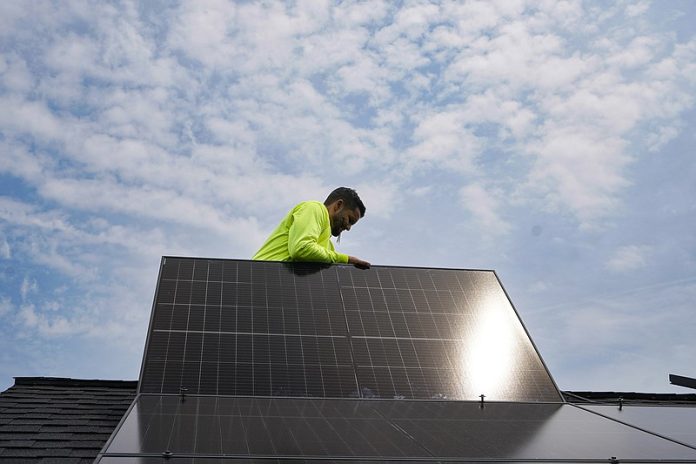The state’s rooftop solar industry is rapidly shedding jobs and losing companies to bankruptcy due to adversarial policy changes. The California Solar and Storage Association (CALSSA) offered some near-term policy changes to slow the bleeding and to address the cause of this crisis.
California, once known as a clean energy leader, has fallen off track to meet its clean energy goals. This is the view that was shared last week by the California Solar and Storage Association (CALSSA) on a panel discussion at the Intersolar North America conference in San Diego, California.
The state passed a bill in 2018 targeting 100% carbon-free electricity by 2045. Governor Gavin Newsom recently set an interim target of 90% carbon-free electricity by 2035, accelerating the clock for deployment.
When considering the state’s ambitious goals for whole home electrification and the halt of new gas-powered car sales by 2035, electricity demand is only expected to rise sharply, making these goals even more ambitious.
The California Energy Commission (CEC) projects that the state will need to build 6 GW of solar-plus-storage every year for the next 26 years straight to meet the 2045 target. Over the past five years, California has only averaged about half of the 6 GW deployment figure.
“We started to get on pace in the past two years, but it is driven at least 50% by the distributed [rooftop solar] market,” said CALSSA executive director Bernadette del Chiaro.
On this march toward 100% carbon-free power, California shot itself in the foot, passing Net Energy Metering (NEM) 3.0, a policy that cut customer compensation for exporting power to the grid. Combined with a high interest rate environment, project economics for rooftop solar in California have eroded, and demand has imploded.
CALSSA reports that roughly 17,000 rooftop solar jobs have been lost, demand for rooftop solar has fallen about 80%, and solar business insurer Solar Insure told pv magazine usa that 75% of its covered companies are considered a “high risk” for bankruptcy. Major publicly traded global equipment providers like Enphase and SolarEdge have made significant cuts to their workforce.





